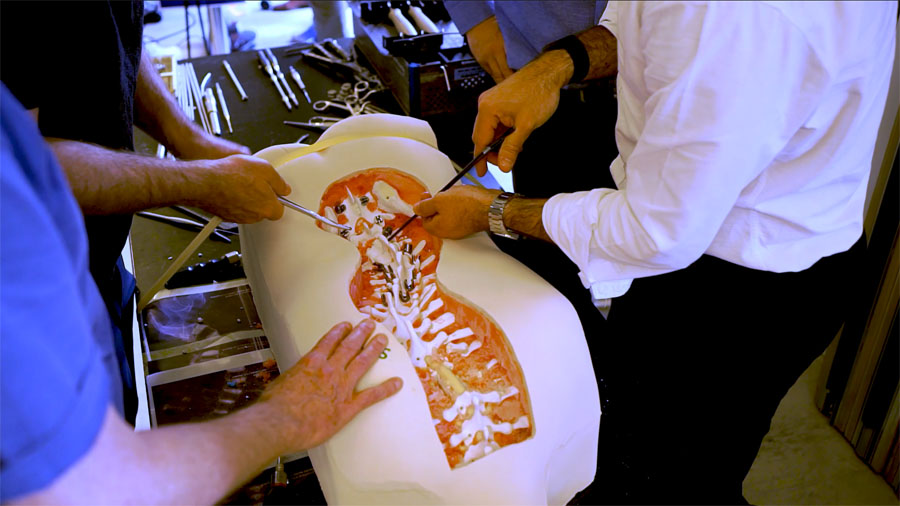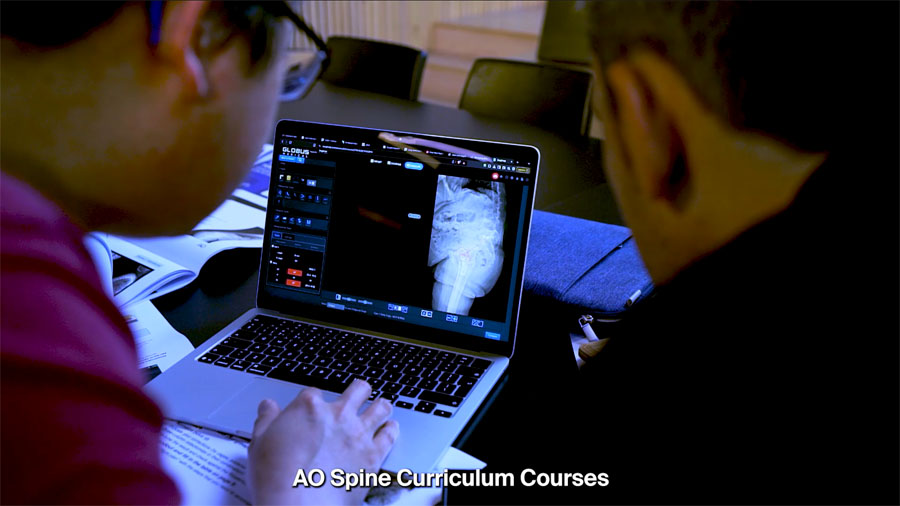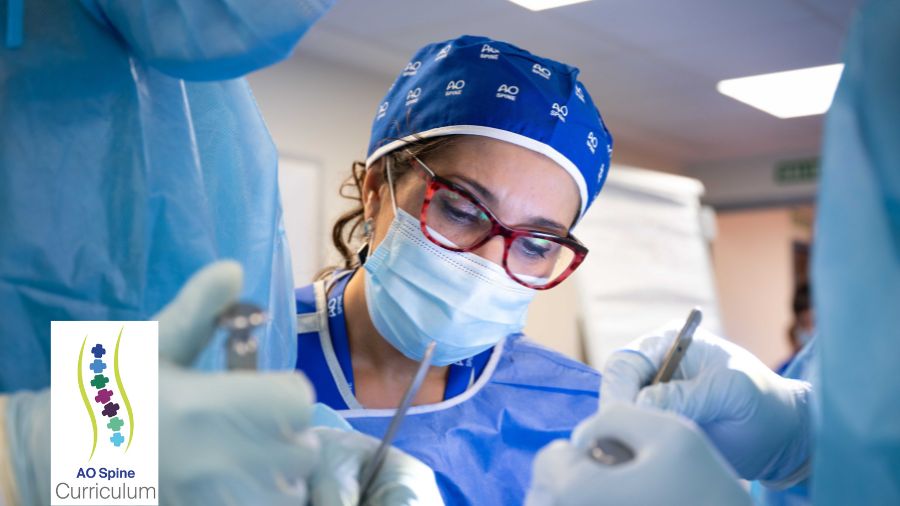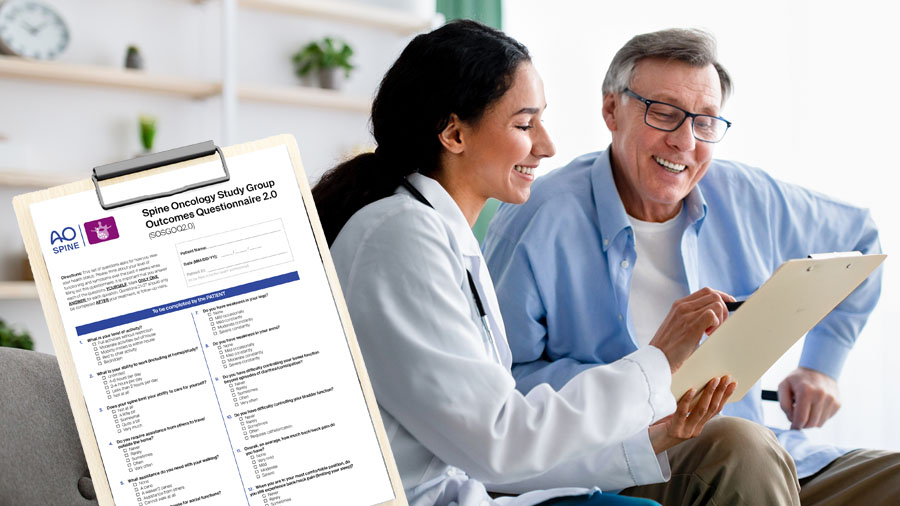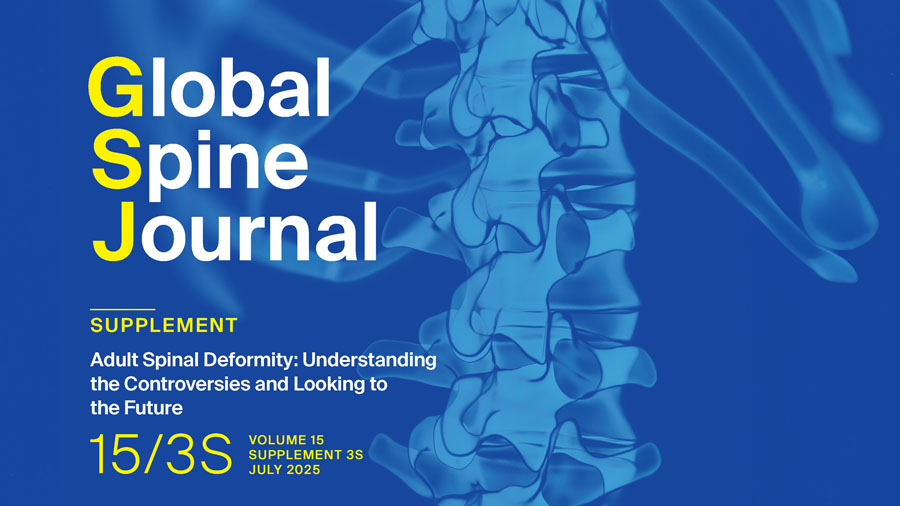Raising the bar in deformity education: inside AO Spine’s Deformity Curriculum Courses
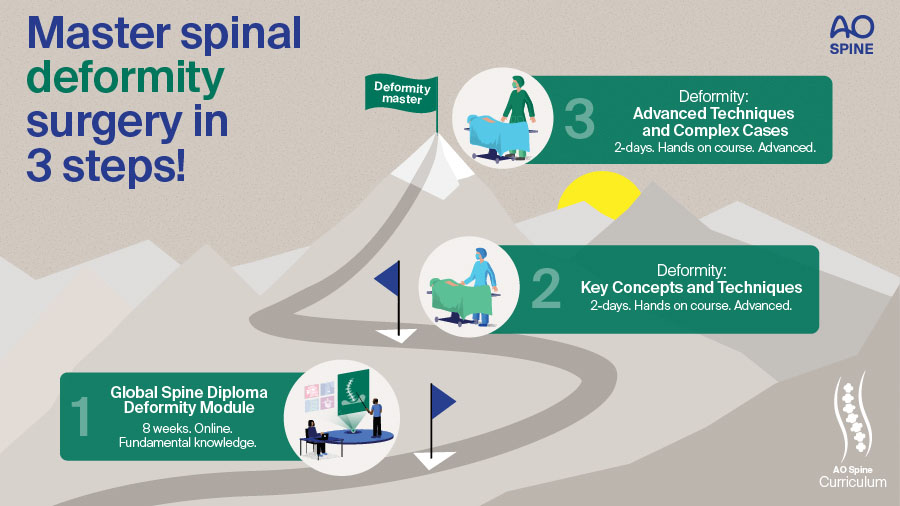
Spinal deformity cases are among the most demanding in modern spine surgery. They require more than surgical technique: they demand structured thinking, meticulous planning, and the ability to adapt under pressure. This is why AO Spine’s Deformity Curriculum Course pathway has become essential training for spine surgeons around the world. We talked to attendees and faculty at the recent AO Spine Course—Deformity: Advanced Techniques and Complex Cases in Barcelona and documented their thoughts. Read on and find out what they said.
AO Spine is a global leader in surgeon education and research. With leading global experts, the AO Spine Education Task Forces have created a transformative learning experience built on evidence-based methods and taught by world-renowned faculty. Whether you're a resident, fellow, or experienced surgeon aiming to refine your approach, these courses offer clarity, hands-on skills, and confidence in treating both adult and pediatric spinal deformities.
A curriculum built for surgeons at every stage
The AO Spine Deformity Curriculum is not a one-off course; it’s a pathway from fundamental knowledge to advanced skills and complex cases. Designed with flexibility and rigor, it meets the needs of spine professionals at multiple stages in their careers.
From foundational knowledge to advanced surgical correction, participants progress through structured modules, including:
- Adult and pediatric deformity
- Surgical decision-making
- Spinal balance and fusion levels
- Advanced correction techniques
- Risk assessment and complication management
The Global Spine Diploma Deformity module is an 8-week fully online program covering all the fundamentals of knowledge. Hands-on courses include online pre-learning, an intensive two-day in-person course, and post-course resources ensuring long-term impact on practice.
"The courses are part of a curriculum-based experience," explains Lorin Benneker. “They are not just standalone events, but part of a lifelong learning journey—from beginner to intermediate and, eventually, advanced and master-level courses.”
Hands-on learning that reflects real-life complexity
What truly sets the AO Spine Course on Deformity Key Concepts and Techniques and the Advanced Techniques and Complex Cases courses apart, is the hands-on focus using 3D spine models specifically designed to replicate complex deformities.
“Deformity is always a three-dimensional problem,” says Benneker. “You can’t fully understand it on two planes. With 3D models, you can simulate real-life corrections, and that makes all the difference.”
Faculty member Alex del Arco agrees, highlighting the superiority of 3D printed deformity models over traditional cadaveric labs: “Cadaver courses are great, but they’re limited. You can't find consistent deformities or repeat exercises. With 3D models, you can request exactly the deformity you want—just like ordering a pizza—and plan your maneuvers precisely.”
AO Spine Europe and Southern Africa Board Chairperson Alpaslan Senkoylu adds that 3D models allow educators to simulate not just deformities, but tumor conditions and other complex cases. “We can easily mimic different scenarios. These models, covered with soft tissue, allow for more realistic practice and repeatability.”
In addition to the special models, the AO Spine methodology ensures participants walk away with what they were promised. “This course is interactive and follows a clear script,” says del Arco. “Each table performs the same exercises, which ensures consistency and allows for structured learning.”
A unique faculty-participant dynamic
Another standout feature of AO Spine’s courses is the faculty-to-participant ratio and the culture of mentorship. The courses aren’t lecture-heavy events where participants listen passively. The setup fosters real-time interaction, personalized feedback, and an open exchange of ideas.
“What’s special here is the atmosphere,” Ibrahim Obeid confirms. “You get a high-quality faculty deeply focused on deformity. The small ratios let us work directly with each participant, and the quality of discussion is outstanding.”
Mukta Vadhva, a participant in the course, echoes that sentiment: “The faculty are skilled, experienced, and very approachable. You get direct access to surgeons who do complex deformity cases all the time. The opportunity to work with them hands-on is invaluable.”
Bruno Direito Santos especially appreciated the commitment of the faculty. “They didn’t just teach—they gave us special tips and pearls from real surgeries. That level of engagement really stood out.”
Designed for immediate clinical impact
What makes AO Spine’s courses particularly effective is their practicality. Every module, case, and exercise is directly tied to real-world application. The focus is not just on ‘what to do,’ but how and why, with an emphasis on surgical planning, risk management, and outcome optimization.
“For me, the key takeaway is planning,” says Obeid. “Plan your surgery before entering the OR. Don’t improvise. Prepare everything. Start with easier deformity cases and build from there.”
Direito Santos agrees: “Planning is what prevents complications. It’s what delivers results. This course taught me how to do that more effectively, using every device and technique available.”
Senkoylu further emphasizes how well the courses integrate theory and practice. “The most important takeaway is how the practical 3D model exercises are paired with case discussions. That combination lets participants translate what they’ve learned into their daily work.”
AO courses are built on a foundation of educational rigor
Looking behind the surface of the courses, you will discover what makes AO Spine courses trusted and reliable. It is because of the solid backbone curriculum developed by high-level task forces and educational experts. The AO Spine Deformity Curriculum Task Force is a group of international experts from around the world who build and continuously improve our educational programs.
“Our courses are further reviewed and supported by AO’s professional Education Institute,” explains Senkoylu. “They educate us, the faculty, on how to teach, and we bring that structure to the participants. That makes our courses more robust than anything I’ve seen elsewhere.”
Obeid reinforces the structure behind: “The content is built around learning objectives based on needs assessments. It’s not random. It’s systematic, and everything from PowerPoints to the methodology follows those objectives.”
This structured approach makes the learning universally relevant, while also adaptable. del Arco describes it as a “never-ending wheel of improvement... always sharing, refining, and evolving.”
Who should attend? Everyone with a spine focus!
The AO Spine Deformity Curriculum Courses are tailored to meet the needs of a broad audience, from new trainees to seasoned consultants.
Direito Santos recommends the curriculum courses for "anyone who wants to move forward and improve their understanding of spine deformity. I recommend it to colleagues from every generation.”
Building a global network with a shared standard to elevate practice
AO Spine’s role and involvement in surgeons’ career doesn’t stop when the course ends. AO’s global network of alumni and mentors continues to support surgeons long after the final module. “The network is one of the biggest advantages,” says Vadhva. “If I encounter a difficult case, I now know who to reach out to. That support system is incredibly valuable.”
In a field where small mistakes can have major consequences, continuing education is essential for practicing clinicians. AO Spine’s Deformity Curriculum Courses offer a combination of world-class faculty, evidence-based content, hands-on training, and a network that supports surgeons far beyond the classroom.
With modules that tackle everything from adolescent idiopathic scoliosis to adult sagittal imbalance and complex reconstructions, AO Spine provides a pathway to success in deformity surgery, no matter where you are in your career, whether you're refining foundational skills or managing high-grade deformities, the AO Spine curriculum is where clarity, precision, and confidence begin.
Find your next AO Spine deformity course
AO Spine Deformity Curriculum Task Force
The Deformity Curriculum taskforce is a group of experts who build and continuously improve our educational program.
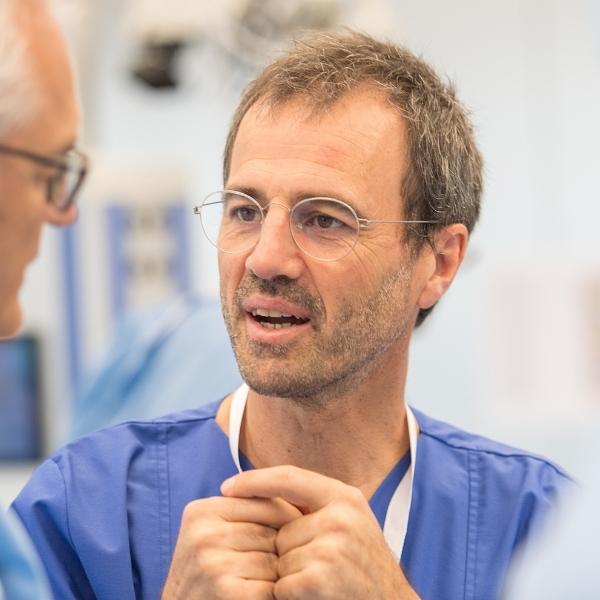
Pedro Berjano
Italy
Chair of the Taskforce
Representing Europe and Southern Africa
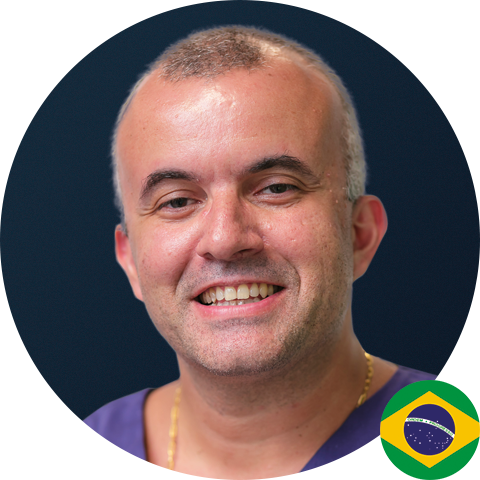
Luis Eduardo Carelli
Brazil
Representing Latin America

Eric Klineberg
US
Representing North America
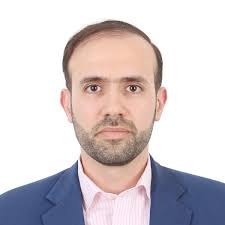
Omar Alnori
Qatar
Representing Middle East and Northern Africa
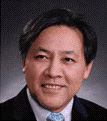
Yong Hai
China
Representing Asia Pacific
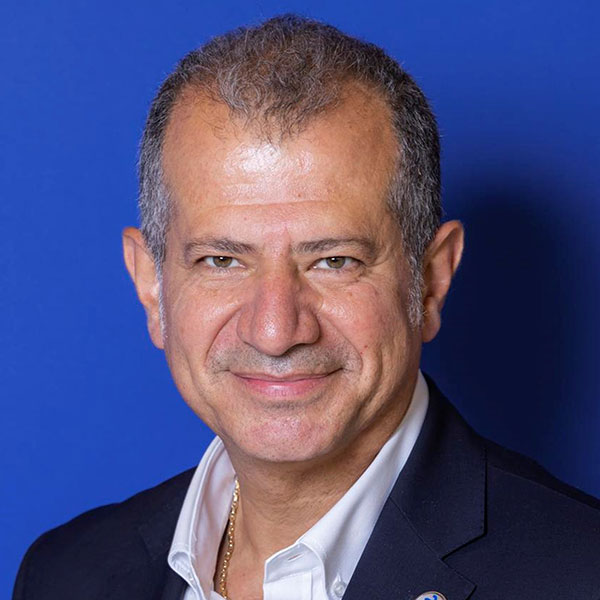
Alpaslan Senkoylu
Representing
AO In-Hospital
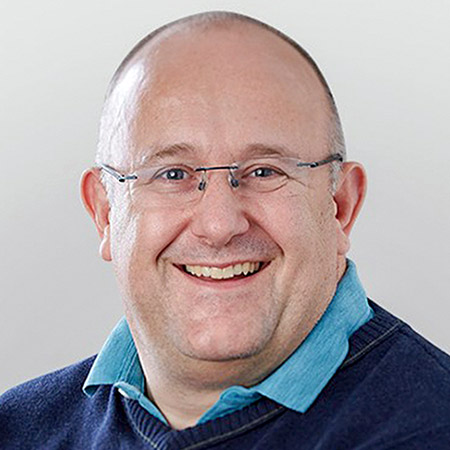
Evan Davies
Representing
Global Spine Diploma
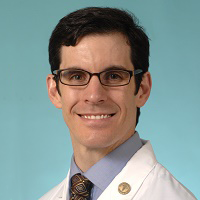
Michael Kelly
Representing
Knowledge Forum Deformity
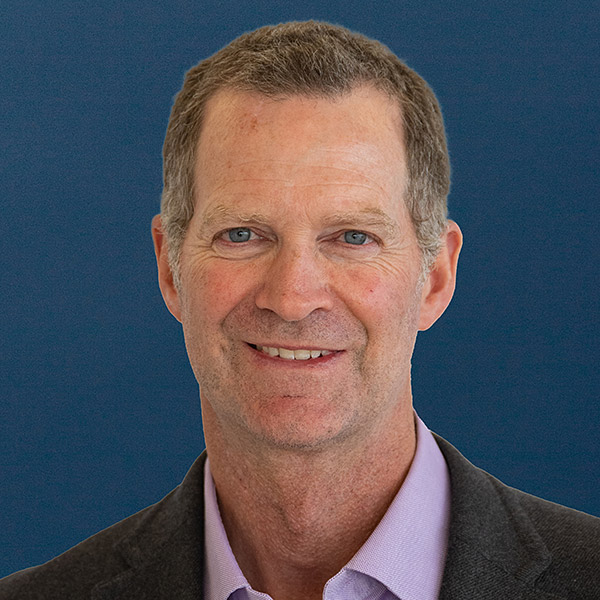
Richard Bransford
AO Spine Education Commission Chairperson
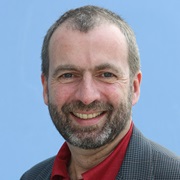
Bryan Ashman
AO Spine Curriculum Advisor
You might also be interested in:
AO Spine Competency-Based Curriculum Courses
AO Spine’s gold standard hands-on courses equip surgeons with practical, evidence-based skills to meet the demands of modern healthcare.
AO ASD Patient Profile
The tool assists clinicians systematically consider all important factors so they can provide the best care for adult spine deformity patients.
GSJ Focus Issue on Adult Spinal Deformity
Focus Issue of Global Spine Journal from the AO Spine Knowledge Forum Deformity: Understanding the Controversies and Looking to the Future.


